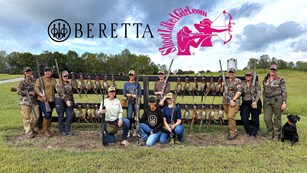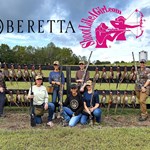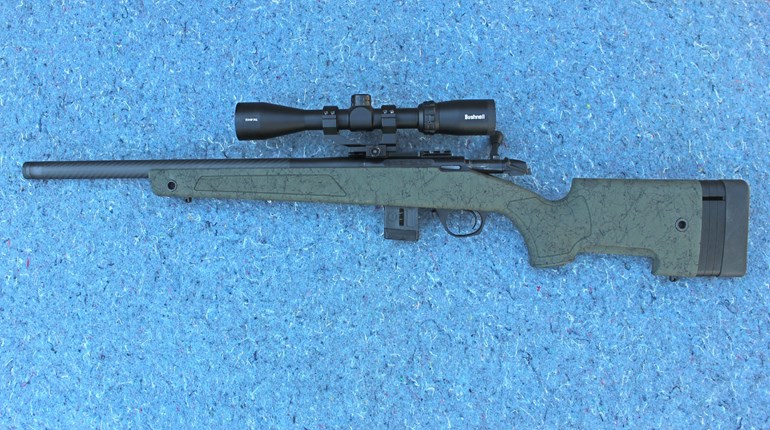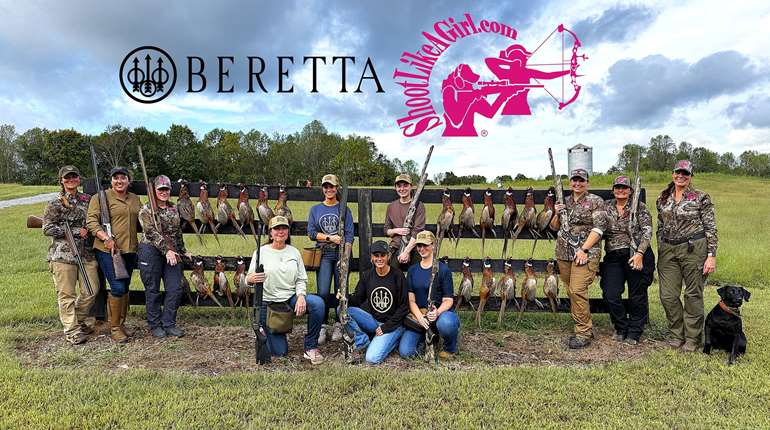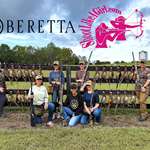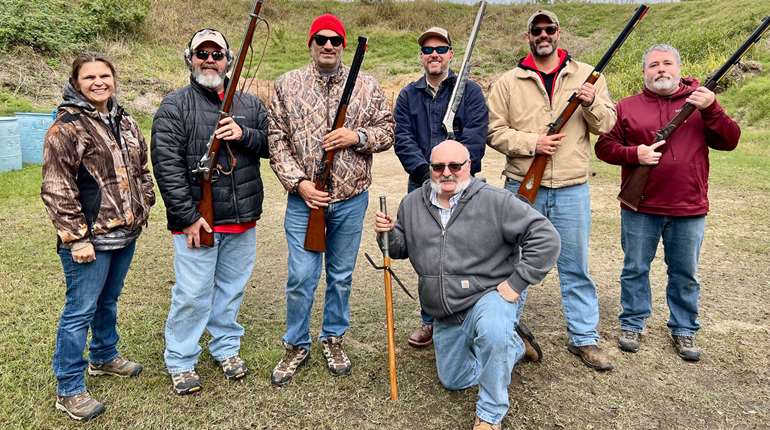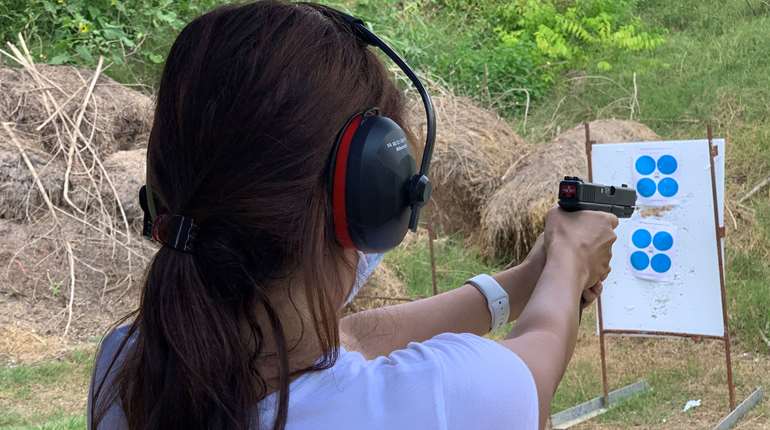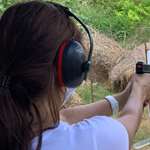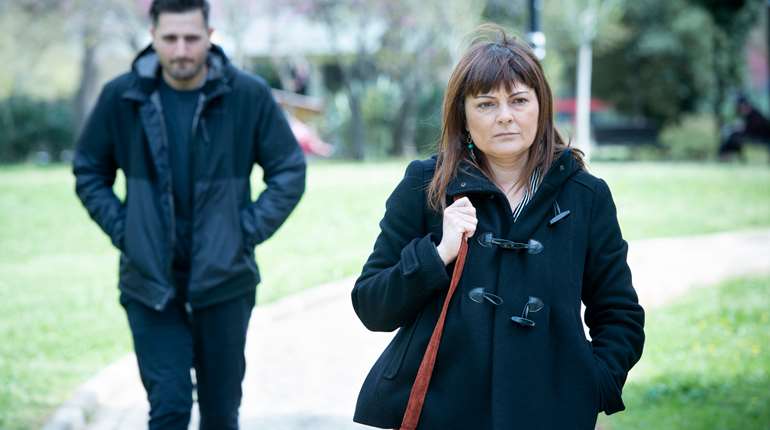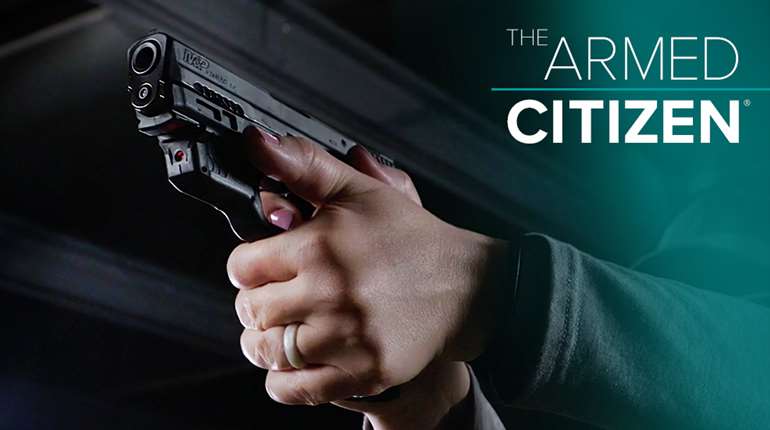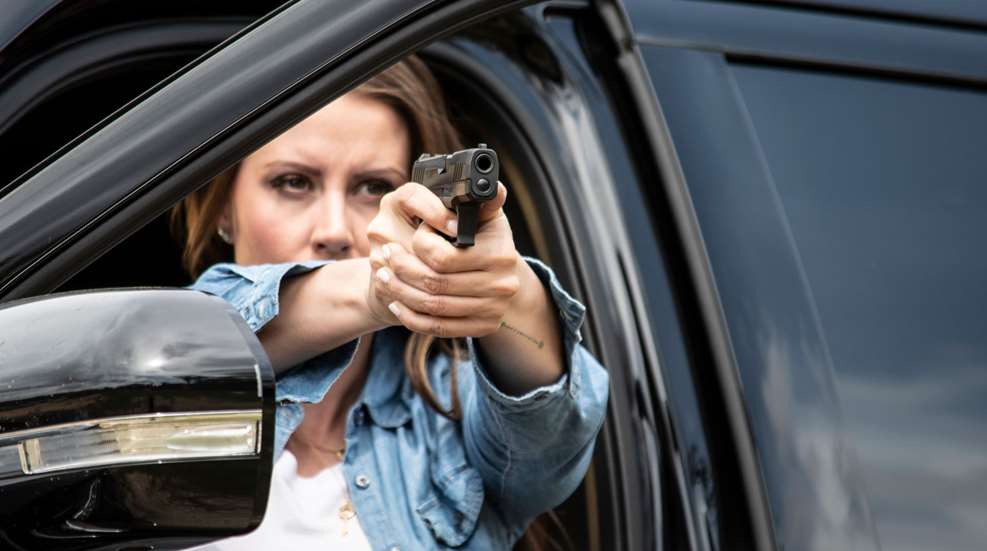
One of the ways we prepare ourselves to deal with the unexpected is to learn a routine for coping ahead of time and reinforcing it in our memories with easy to remember acronyms or phrases. When I was in grade school, my fellow students and I were taught to “Stop, Drop & Roll” should our clothing ever catch on fire. Due to our natural Fight, Flight or Freeze responses, the typical reaction to burning is Flight, to run away from the heat. But running fans the flames on burning clothes instead of putting them out. So we learn to override the Flight response to fire by mentally installing the Stop, Drop & Roll routine in its place. You may be wondering what childhood safety training has to do with adult concealed carry practices or situational awareness.

usfa.fema.gov image
Recently I've been reviewing security camera and police footage of situations in which ordinary, everyday people have been caught up in dangerous public shootings. One of the things I've found to be most disturbing in these destructive and wasteful incidents has been the footage of bystanders who literally just stand there as the bullets fly. While others hot foot it to the nearest exit or move to cover, some folks get that thousand-yard stare that says, “Does Not Compute.”
Are they locked into their Freeze response to danger? Are they in denial? Are they trying to decide to get out their phones and shoot a video? I can’t say for sure. But what I do know is that they do not have a mental routine in place to help them when things suddenly go sideways. So I would like to take the liberty of re-purposing the Stop, Drop & Roll drill to help us better develop our situational awareness skills.
Stop (Look & Listen)
The safety practice of “Stop, Look & Listen” comes into play when teaching our children how to properly cross the street. In fact, this behavior pattern is so deeply engrained by caregivers that it becomes nearly instinctual. It’s important because stepping off of the curb into traffic represents a critical transition point between two distinctly different environmental conditions. When we reach the curb, we stop moving forward momentarily. This gives us the time we need to look both directions to verify the street is clear of moving traffic. We also use that time to listen for vehicles that may not be visible but are still headed our way. Once we know for ourselves that it’s safe to do so, we continue on our way. It's a practice that only takes a few seconds out of our day but it can save us from grievous bodily harm or death.
So here's the good news: We've already been practicing the key elements of situational awareness (Stop, Look and Listen) for a life time. You actually developed this tactical skill set without even knowing it. But the problem is that we don’t use it as much as we should. What we need to do is expand it to include more of the transition points we typically cross throughout the day.
Criminals have a pretty good understanding of human nature. They know that we tend to get overly focused on our destinations instead of paying attention to where we are in the moment. This is especially true when we're late for an appointment, distracted with mental checklists or walking and talking on the phone at the same time. That's why criminals like to ambush their marks at transitions points. These include transitioning from your home to your car, from your car into work, from work back to your car, from your car into the grocery store, and so on.
So when you come to a doorway that represents a transition between two distinctly different environments, take a few seconds to stop (or at least slow down a bit) look around the area for anything that seems off and listen before proceeding. Criminals prefer easy marks. If you look like a hard target (paying attention, looking around, moving deliberately, present in the moment), then you become far less appealing as a potential victim.
Drop (Your Expectations)
Things go wrong every day. That's not a pessimistic statement, it's simply true. In fact, most folks are competent crisis management experts when you think about it. We know what to do for a cut finger, a dead car battery, a leaky faucet, and so on. Where we tend to get mentally locked up or to panic is when we come across situations that are utterly foreign, frightening or so far outside the box of our expectations that they leave us in shock.
So, let's go ahead and acknowledge what we already know: Sometimes things don't go the way we've planned. This includes the possibility of a house fire, a serious car accident, dangerous weather conditions and a potentially life threatening encounter with an assailant in otherwise familiar and friendly surroundings.
One option is to cling to our expectations and deny that bad things happen to good people, another is to live in fear of the world. But the best option is to prepare ourselves ahead of time with knowledge, tools and resources to help us through tough situations. We buy fire extinguishers and check the wiring around the house. We wear seatbelts when driving and stock up on canned goods and extra flashlight batteries ahead of the storm season. And we develop a self defense plan which includes proper training and practicing situational awareness.
Remember, accepting that things go wrong is not the same thing as expecting them to go wrong. If you haven't seen it before, I highly recommend taking a few minutes to look up and learn more about Jeff Cooper's situational awareness “Color Code” system. He's very clear in pointing out that being mentally present and prepared in case of danger is not the same thing as living in a constant state of fear.
& Roll (Move, Move, Move!)
In the movie World War Z (2013) the United Nations investigator played by Brad Pitt sums up this topic neatly when he says in Spanish, “Movimiento es vida”, which means "Because movement is life." The moment you realize things you’re in danger, start moving away from the source of danger as quickly as the situation will allow.
In self-defense circles this is referred to as “getting off the mark.” Movement provides all kinds of benefits in defensive situations. It creates distance between us and the threat. Distance increases our safety level and can provide more time to think and react. If we're moving we can go through the exit, move to cover or get into another room where we can barricade the door. If the situation requires the attention of law enforcement officials then wait to start dialing them until you've reached safety. Get away and then make the call.






